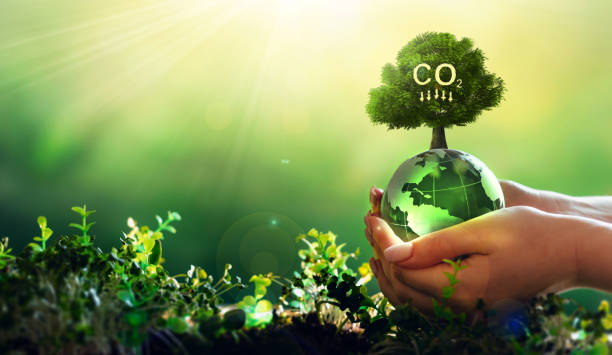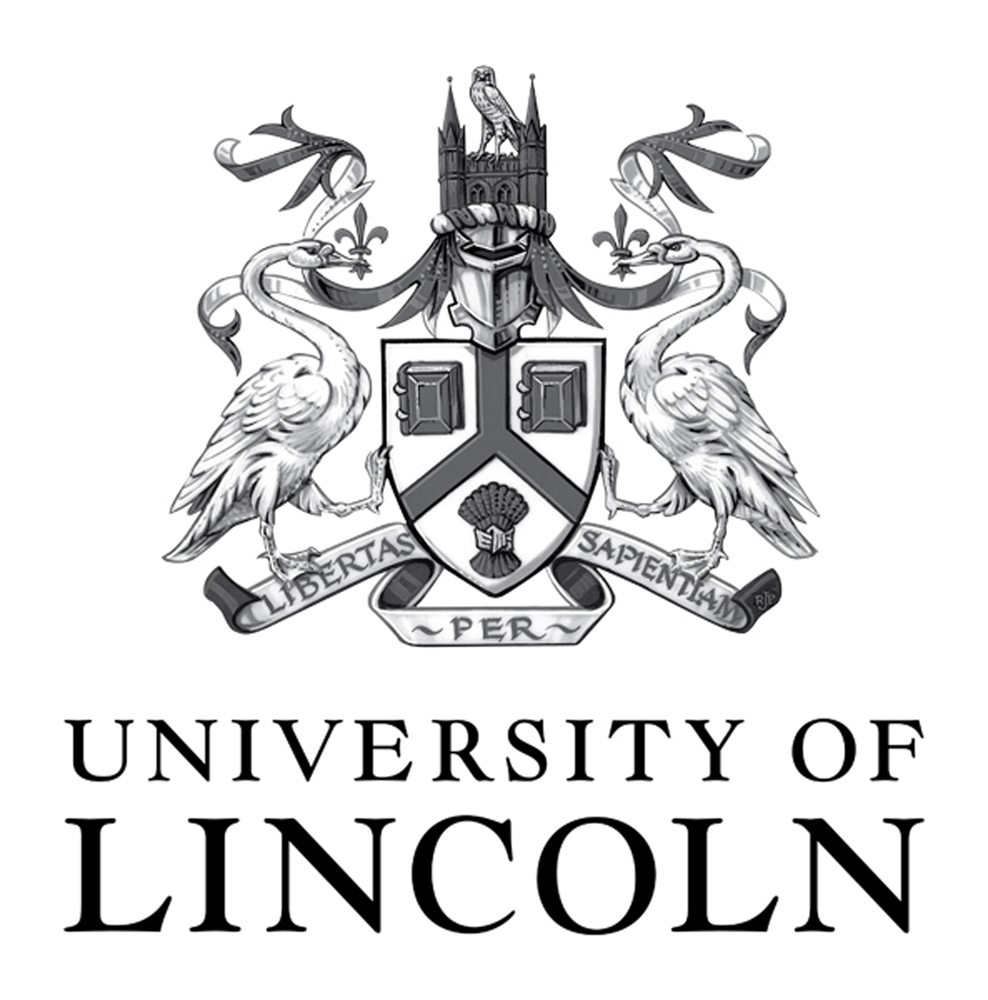Conservation
Lincolnshire Wildlife Park is a coastal attraction in the heart of the County, with a wealth of natural wildlife.
The International Union for the Conservation of Nature (www.iucn.org) monitors the world’s plants and animals, monitoring which are threatened and endangered.
The present day’s figures show around a staggering 26% of all mammals and 12% of birds around the World are Threatened. This means that they are either Critically Endangered, Endangered or Vulnerable.
When visiting, you will see the QR code to the IUCN Red List on all of our species information boards, for you to extend your knowledge of the species at the park. We strive to offer a wide range of information to our visitors, including for groups, educational visits, volunteers and individuals.

Research
Lincolnshire Wildlife Park has a partnership with the University of Lincoln in order to facilitate research.
This collaboration has led to several undergraduate and postgraduate student research projects at the zoo and resulted in a number of high quality scientific publications. Individuals interested in undertaking research projects at the zoo are directed to Prof. Anna Wilkinson from the University of Lincoln, who serves as the Research Lead for The Lincolnshire Wildlife Park.
Recent projects at the park
- Studying the evolution of cognition in parrots as a model species.
- The impact of COVID 19 restrictions on zoo animal behaviour.
- Does stereotypy impact cognitive flexibility?
- Captive care of turtles.
- Health and welfare of turtles entering the National Turtle Sanctuary.
Recent publications

Going Green…
Since 2022 Lincolnshire Wildlife Park has been tirelessly working on our sustainability. Our first step towards a greener future was our award-winning solar energy initiative, this clean energy source for our operations will also enable us to supply unused energy back to the national grid. Utilising 250 panels of the latest solar technology that can generate over 100kw/h.
Since September 2023 we have reduced our CO2 emissions by 23,543kg. This is a 10 year initiative that will reduce CO2 by approximately 500,000kg.
The saving we have currently made has allowed us to concentrate on further initiatives, such as in-situ conservation.
On-going conservation at the Park…
Nature Walk
An educational and natural walk within thenature reserve of the park, to deliver valuable information about indigenous species of flora and fauna.
Bug Hotel
A haven for bugs, beetles, ants and amphibians, offering an educational journey to visitors at the park and emmerse school visits into wildlife conservation.
Bird Identification
Using the conrell lab of ornithology, we are able to self collate data of species observed at the Park.
Bats, Bees and Birds
We’ve installed 30 bird boxes, 8 bat boxes and 10 bee hives at the Park to encourage breeding, roosting and sustainability, creating awareness to visitors.
Tree-mendous
Maintaining the natural food chain by encouraging wildlife, 960 trees have been planted so far with a 95% survival rate, thanks to The Woodland Trust.

